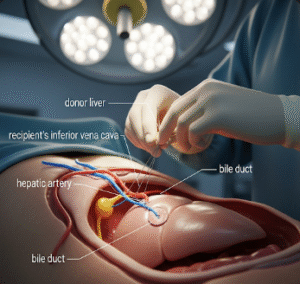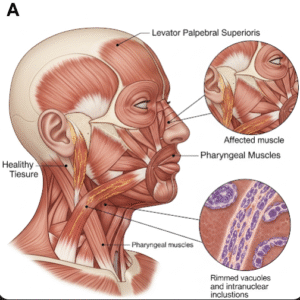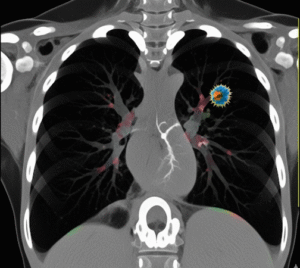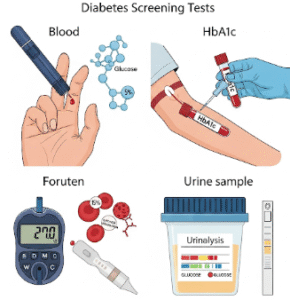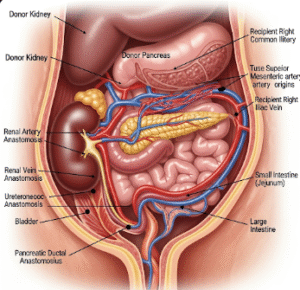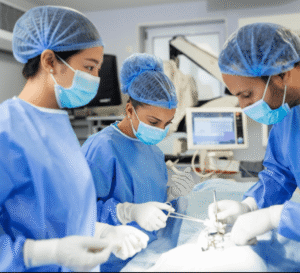What it is
Preventive surgery (prophylactic surgery) refers to surgical procedures performed to reduce or eliminate the risk of developing cancer or other serious conditions in patients identified as high-risk. High-risk patients often include those with genetic mutations (such as BRCA1/2), strong family cancer history, or precancerous conditions.
In Korea, preventive surgeries are performed in specialized oncology and women’s health centers, combining advanced surgical techniques with holistic support programs. The goal is to provide risk reduction, peace of mind, and improved long-term survival.
➡️ Common types of preventive surgeries:
- Prophylactic mastectomy → removal of breast tissue to reduce breast cancer risk
- Prophylactic salpingo-oophorectomy → removal of ovaries and fallopian tubes to reduce ovarian cancer risk
- Prophylactic hysterectomy → removal of uterus in women at high risk of endometrial cancer
- Other surgeries → colon polyp removal, thyroidectomy in high-risk thyroid cancer patients
Why it’s done
Preventive surgery is considered when the risk of developing cancer is significantly higher than average and outweighs surgical risks.
✔️ Medical reasons include:
- Genetic mutations: BRCA1/2, Lynch syndrome, TP53, or other cancer-related genes
- Strong family history: Multiple relatives with early-onset breast, ovarian, or uterine cancer
- Precancerous conditions: Recurrent polyps, atypical hyperplasia, or VIN (vulvar intraepithelial neoplasia)
- Radiation exposure history: Women previously treated with chest radiation
✔️ Benefits of preventive surgery:
- Reduces cancer risk by 70–95% depending on the procedure
- Provides long-term peace of mind for high-risk patients
- Allows for simultaneous reconstructive surgery (e.g., breast reconstruction)
- Improves survival outcomes in genetically predisposed women
Alternatives
Preventive surgery is not the only option. Alternatives or complementary strategies may also be considered.
🔹 Enhanced screening:
- More frequent imaging (MRI, ultrasound, mammogram)
- Blood tests (CA-125, tumor markers)
- Effective for early detection but does not prevent cancer
🔹 Medications (chemoprevention):
- Tamoxifen or raloxifene for reducing breast cancer risk
- Oral contraceptives shown to reduce ovarian cancer risk
🔹 Lifestyle modifications:
- Healthy diet, regular exercise, weight management, avoiding smoking/alcohol
- Can lower risk but less impactful than surgery in genetic carriers
🔹 Watchful waiting:
- For those hesitant about surgery, ongoing surveillance is an option
Preparation
Preparation for preventive surgery ensures patients make informed decisions and are ready physically and emotionally.
➡️ Medical preparation:
- Genetic counseling and testing to confirm risk level
- Imaging studies and lab work before surgery
- Fertility counseling if reproductive organs may be removed
➡️ Personal preparation:
- Planning for hospital stay and post-surgical recovery
- Arranging family or caregiver support
- Discussing reconstructive options (especially for mastectomy patients)
➡️ Mental preparation:
- Understanding the permanent effects of surgery (e.g., menopause after oophorectomy)
- Counseling to manage anxiety and decision-making pressure
- Emotional readiness for changes in body image or fertility
How it’s done
Preventive surgery in Korea is carried out with precision, using laparoscopic and robotic-assisted techniques whenever possible.
✔️ Prophylactic mastectomy:
- Removal of one or both breasts
- Often combined with immediate reconstruction for cosmetic and psychological benefits
✔️ Prophylactic salpingo-oophorectomy:
- Removal of ovaries and fallopian tubes
- Performed laparoscopically with small incisions
- Significantly reduces ovarian and breast cancer risk in BRCA carriers
✔️ Prophylactic hysterectomy:
- Removal of uterus (sometimes with fallopian tubes and ovaries)
- Recommended in women with Lynch syndrome or high risk of endometrial cancer
✔️ Step-by-step process:
- General anesthesia administered
- Small incisions made for laparoscopic or robotic instruments
- Targeted organs or tissues removed carefully
- Reconstruction performed if planned
- Closure with dissolvable sutures
✔️ Duration:
- Most procedures last 2–4 hours
- Hospital stay: 2–5 days depending on surgery type
Recovery
Recovery depends on the type of preventive surgery but is well-supported in Korean hospitals.
➡️ Immediate recovery:
- Post-surgical pain, swelling, or fatigue
- Hormonal changes (menopause symptoms after oophorectomy)
- Wound care and temporary activity restrictions
➡️ Physical recovery:
- Return to light activities in 2–4 weeks
- Full recovery in 6–8 weeks
- Hormone replacement therapy (HRT) may be needed after ovary removal
➡️ Emotional recovery:
- Relief from reduced cancer risk often balanced with body image or fertility concerns
- Counseling helps women adapt emotionally and socially
- Many patients report improved confidence after adjusting to changes
➡️ Key recommendations:
- Maintain healthy lifestyle to further reduce cancer risk
- Attend all follow-up appointments for long-term monitoring
- Consider fertility preservation before surgery if future pregnancy is desired
- Access psychological support programs if dealing with anxiety or depression
Treatment option in Korea
Korea is internationally recognized for its advanced preventive surgery programs.
✔️ Hospital facilities:
- Equipped with robotic-assisted surgery systems for precision and minimal scarring
- Specialized genetic counseling and high-risk clinics
- On-site reconstructive surgery options for cosmetic recovery
✔️ Medical expertise:
- Surgeons skilled in both oncologic and reconstructive procedures
- Multidisciplinary teams including oncologists, gynecologists, genetic counselors, and psychologists
- High success rates with low complication rates due to minimally invasive techniques
✔️ Post-surgery care:
- Comprehensive hormonal management and fertility counseling
- Lifestyle and nutrition support to maintain long-term health
- Rehabilitation and counseling services integrated into recovery
✔️ Cultural aspect:
- Korean healthcare emphasizes family-centered decision-making and holistic recovery
- Many women access Sanhujoriwon-style recovery centers for guided rest, nutrition, and psychological healing after surgery
➡️ Highlight: Preventive surgery for high-risk patients in Korea provides cutting-edge surgical precision, genetic-based prevention, and holistic recovery programs, ensuring women can reduce their cancer risk while maintaining dignity, confidence, and long-term health.


